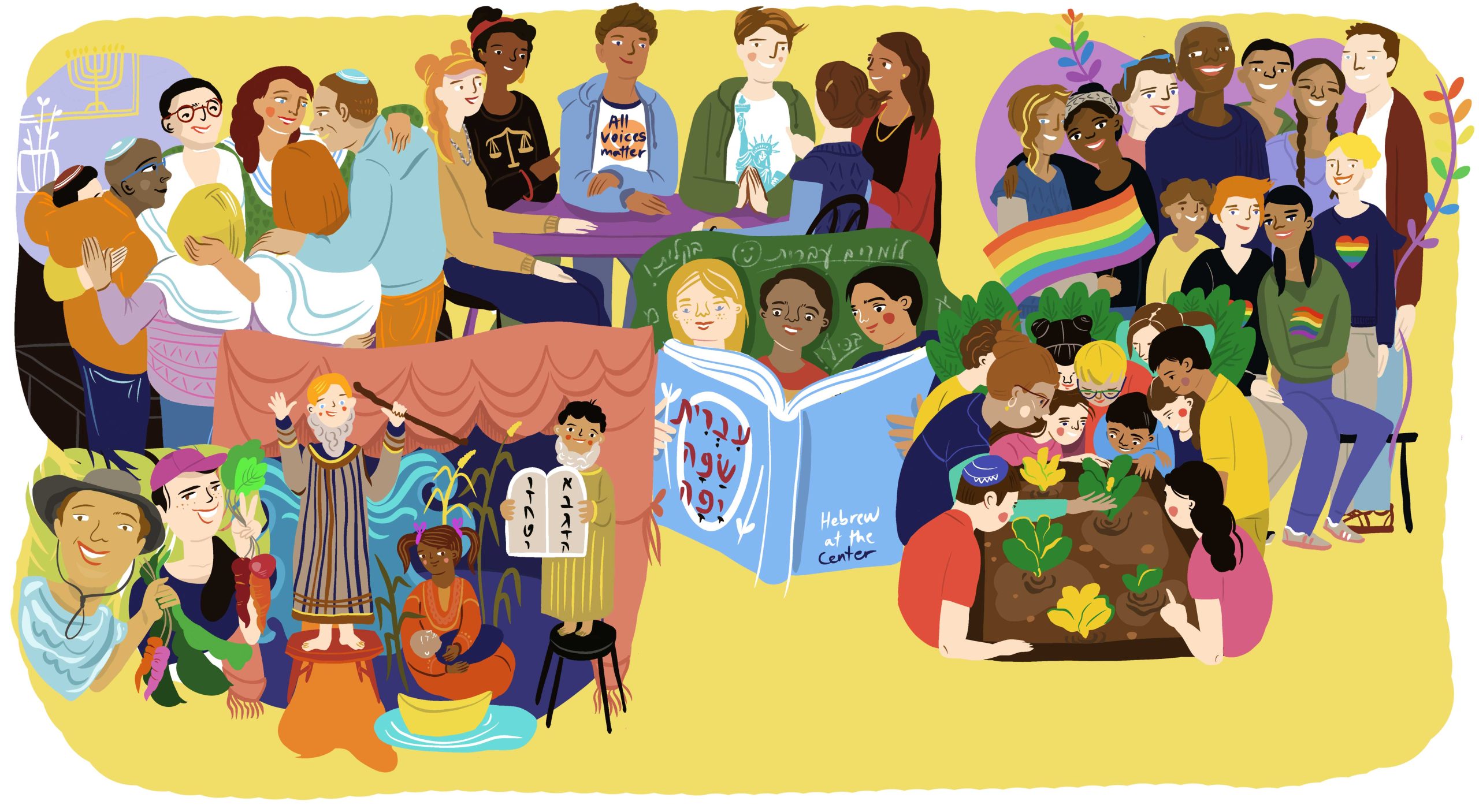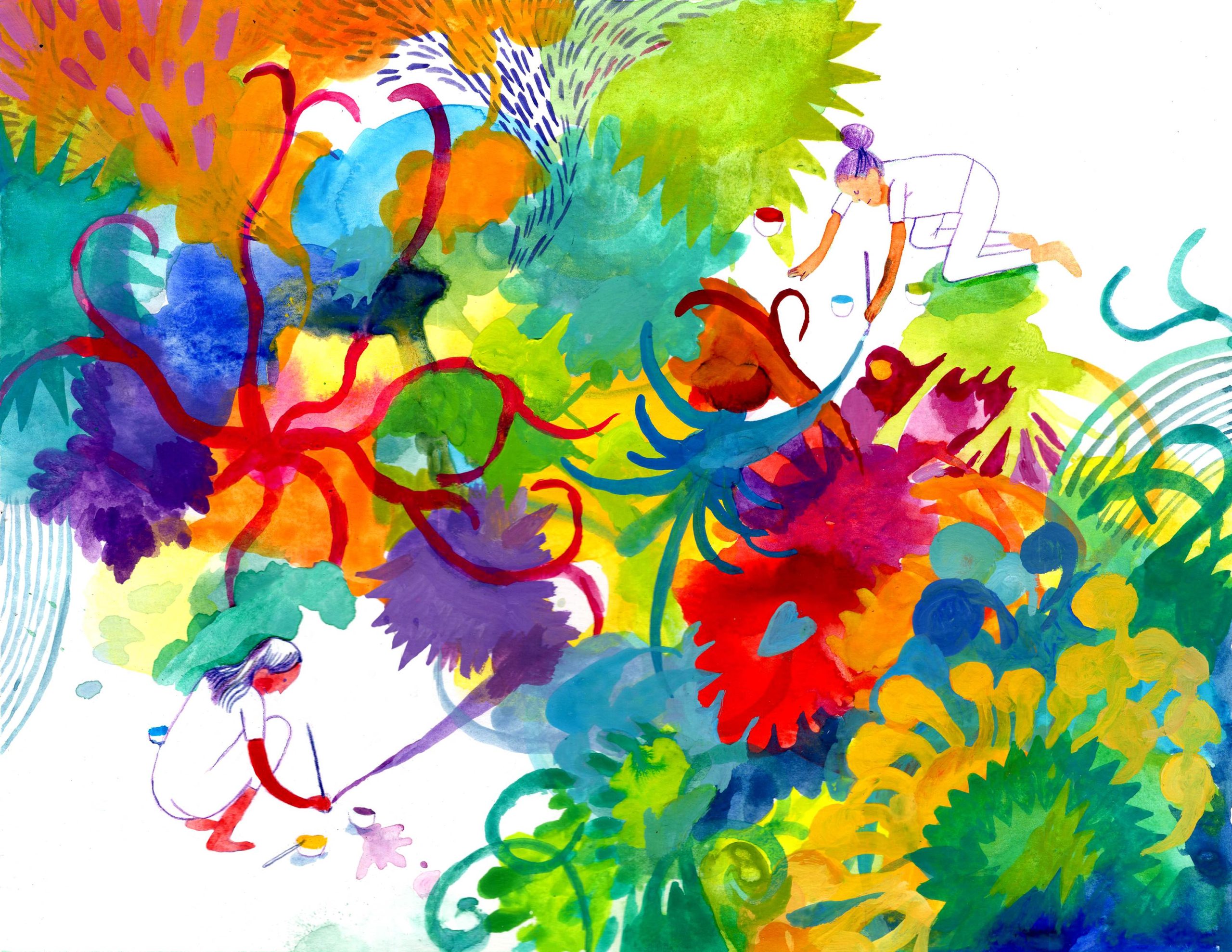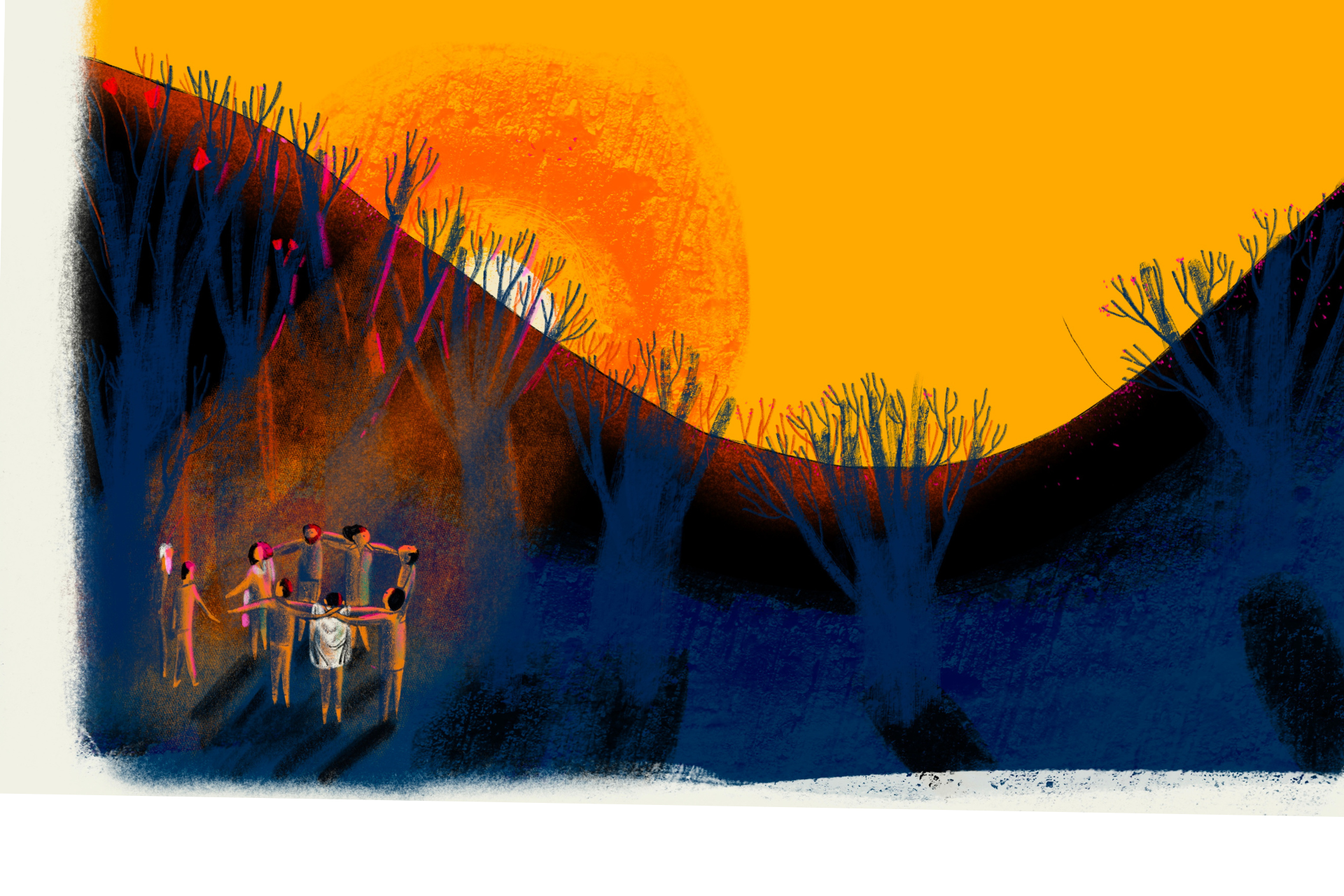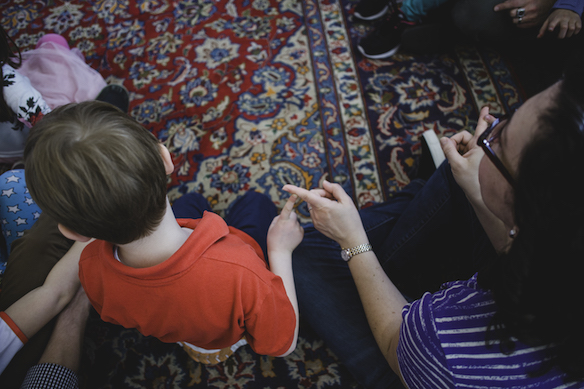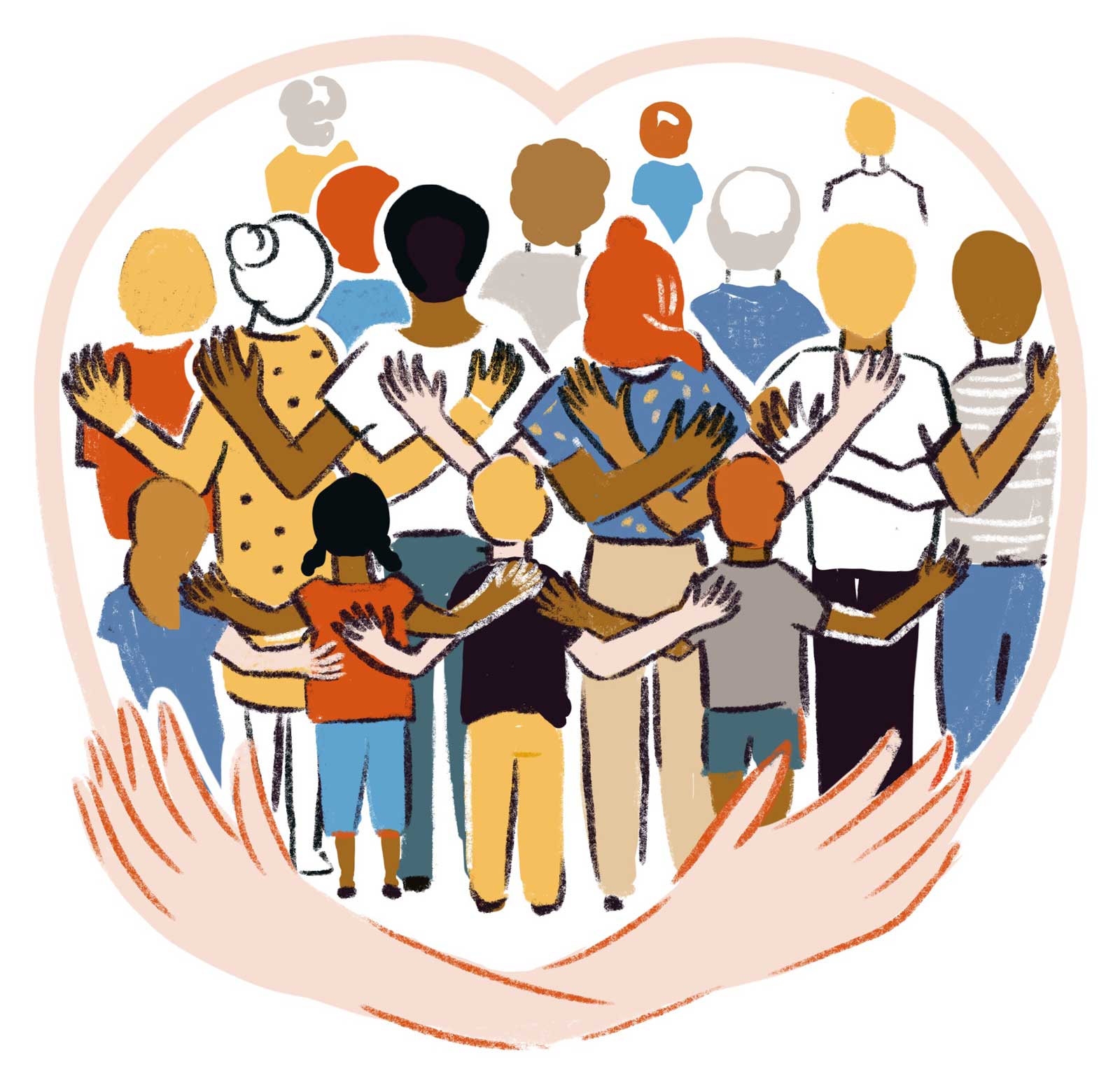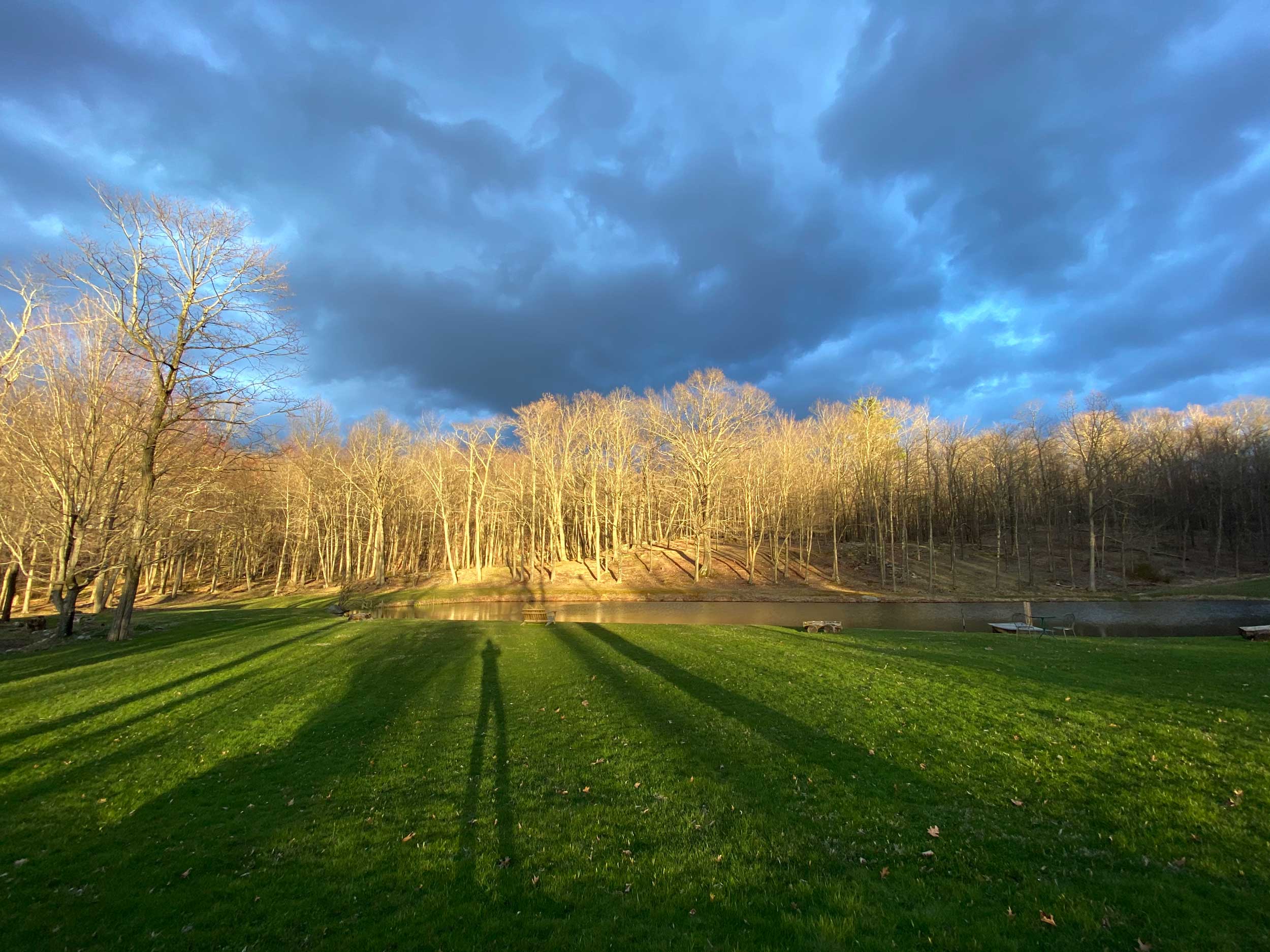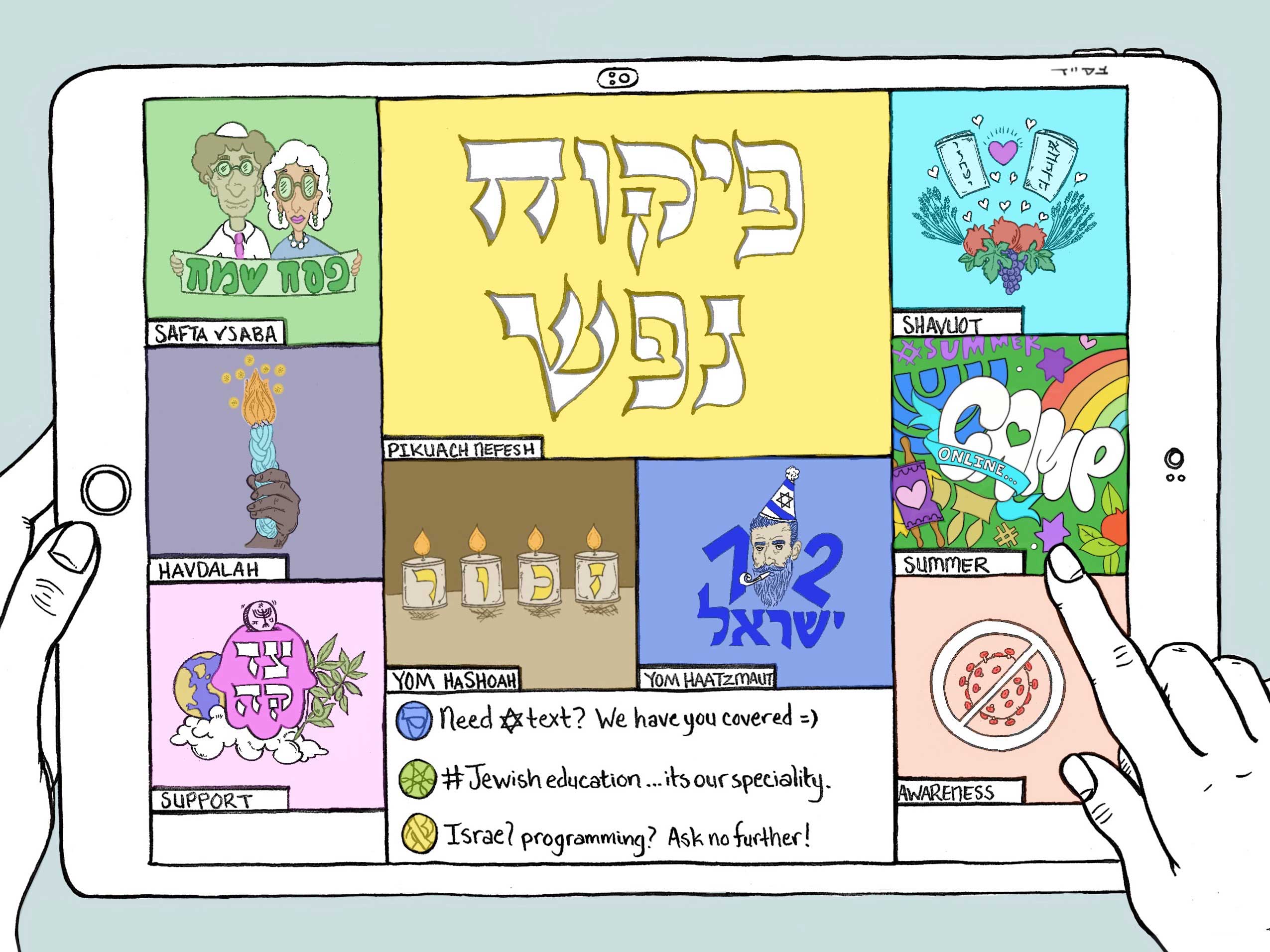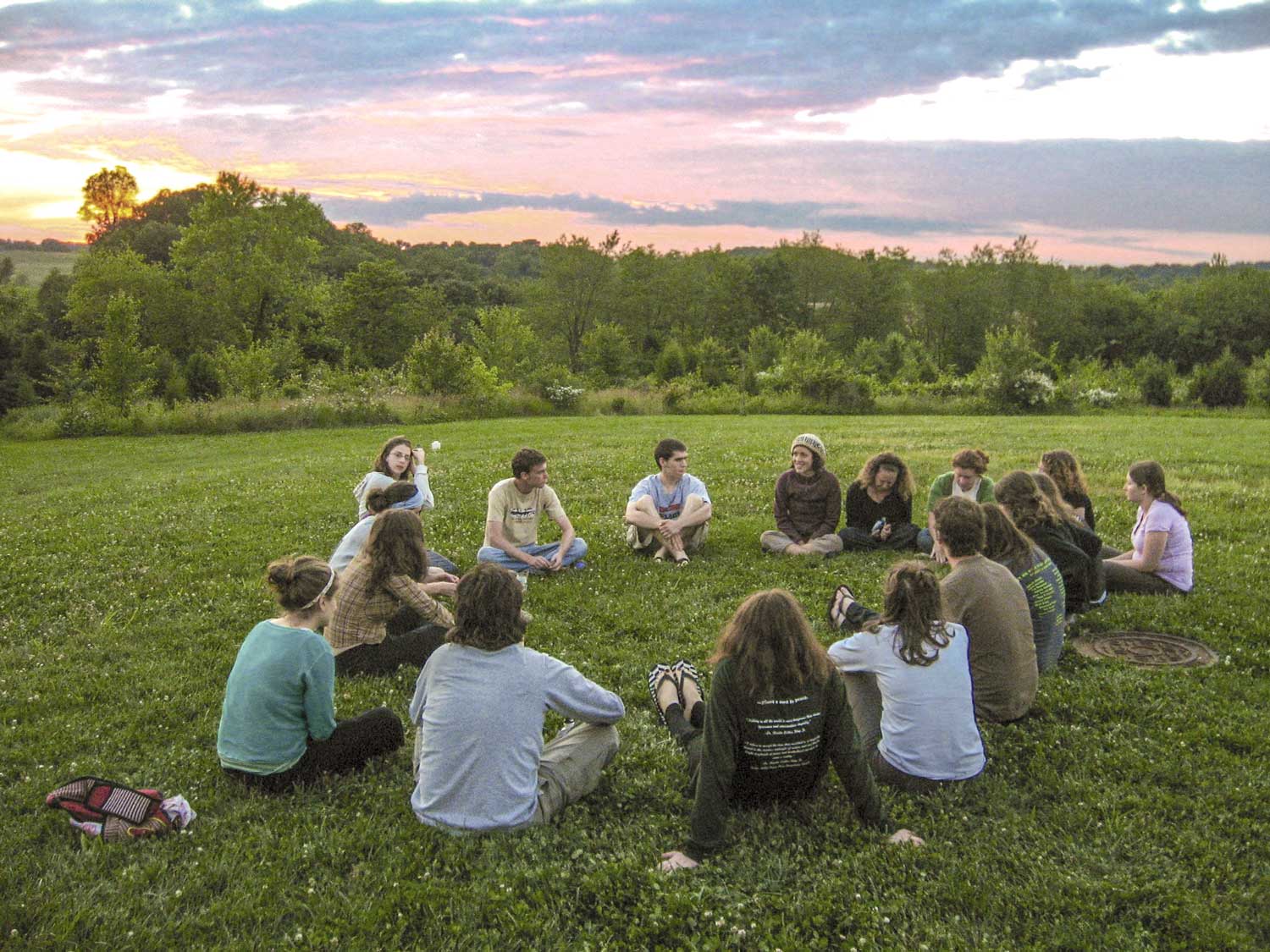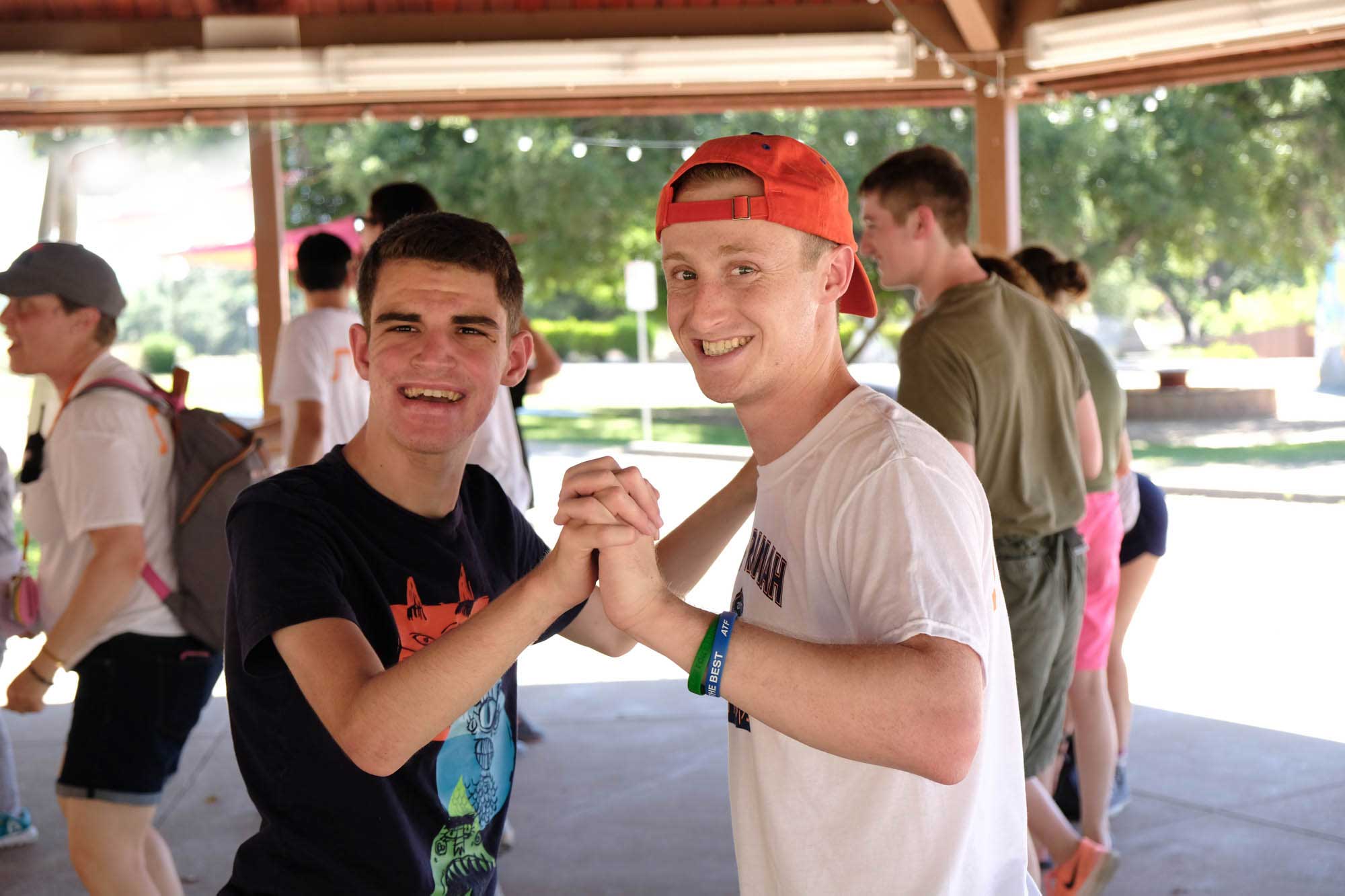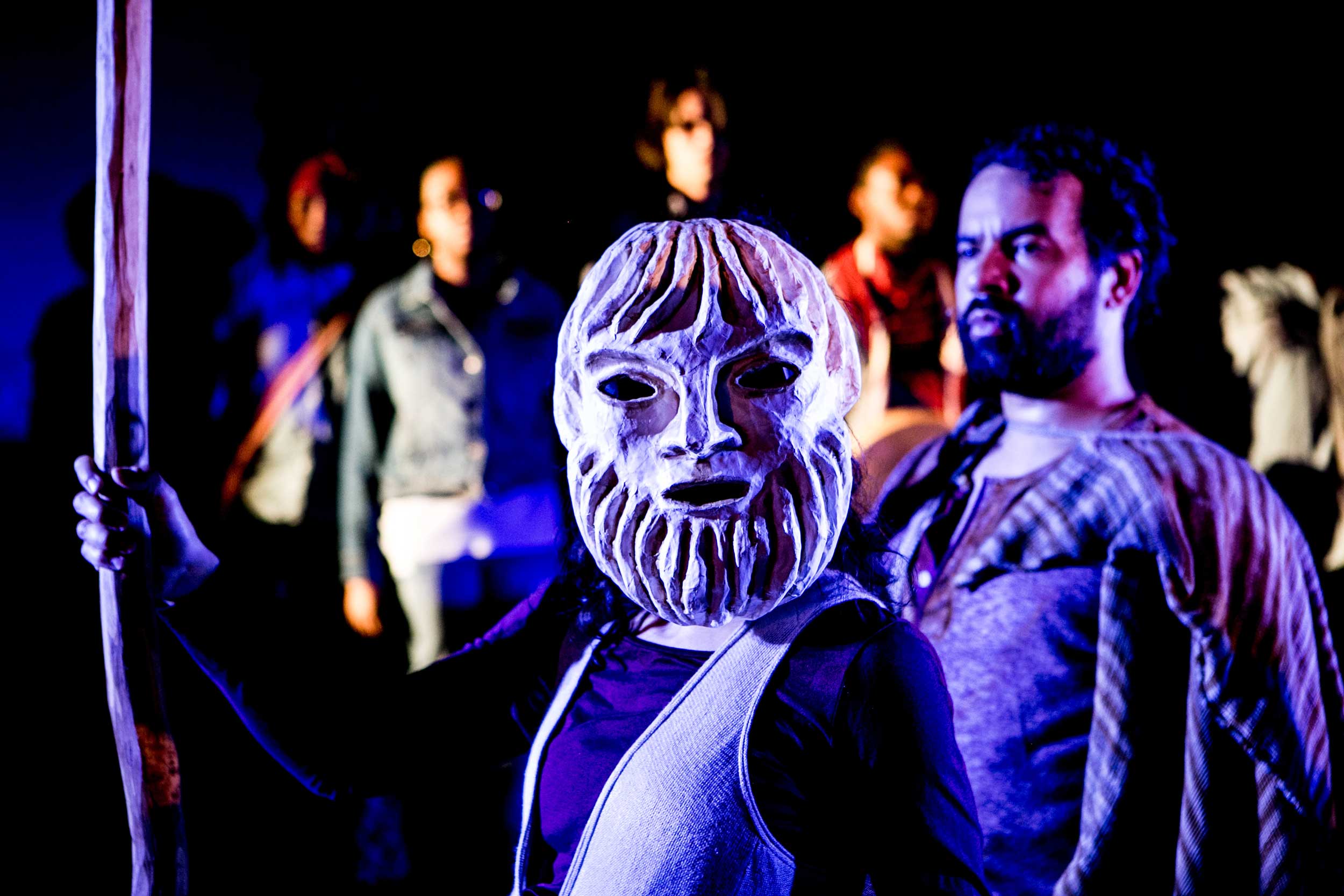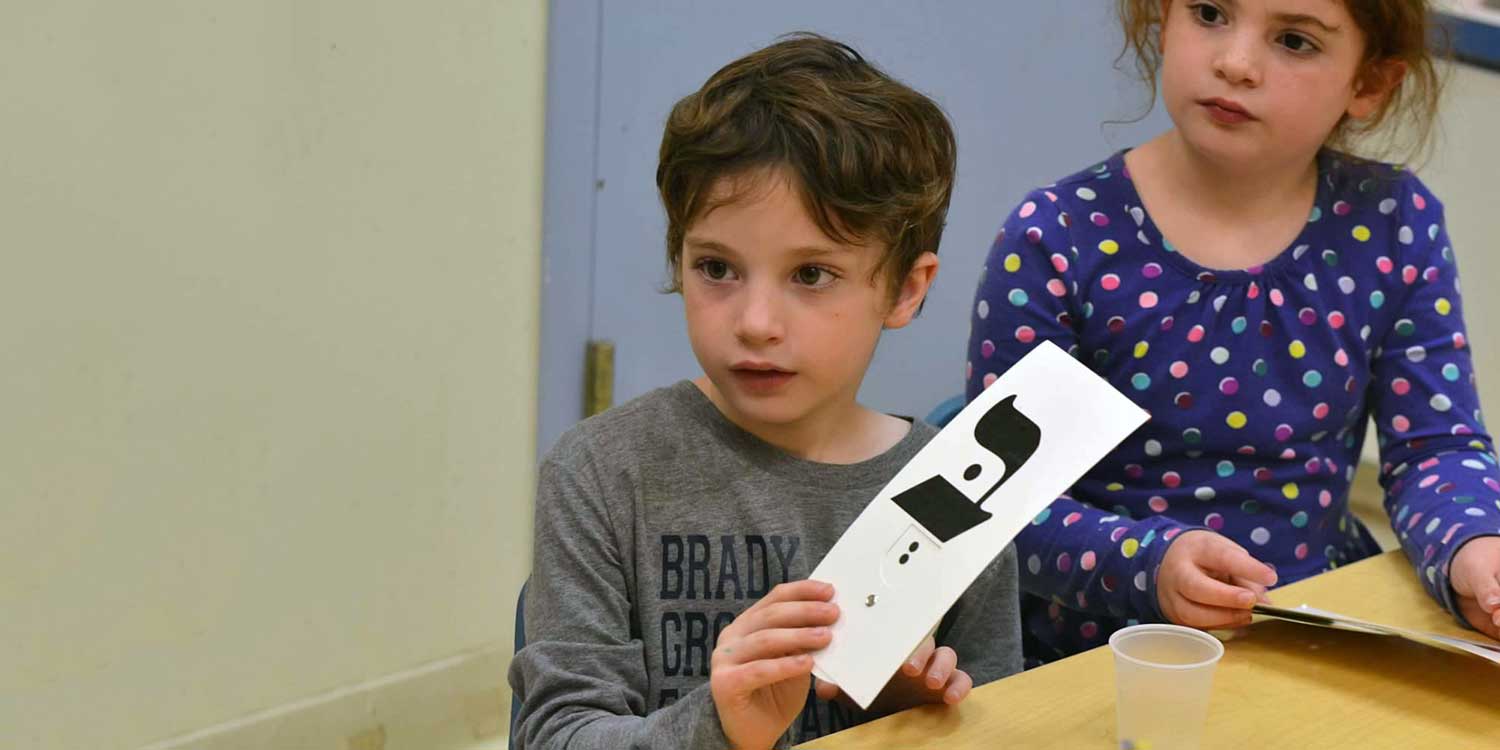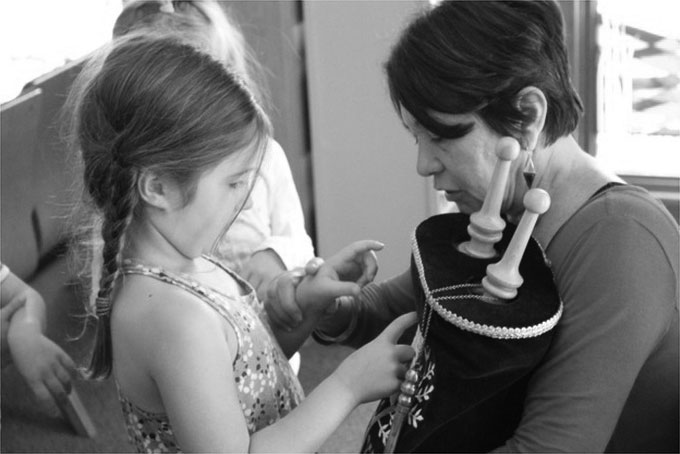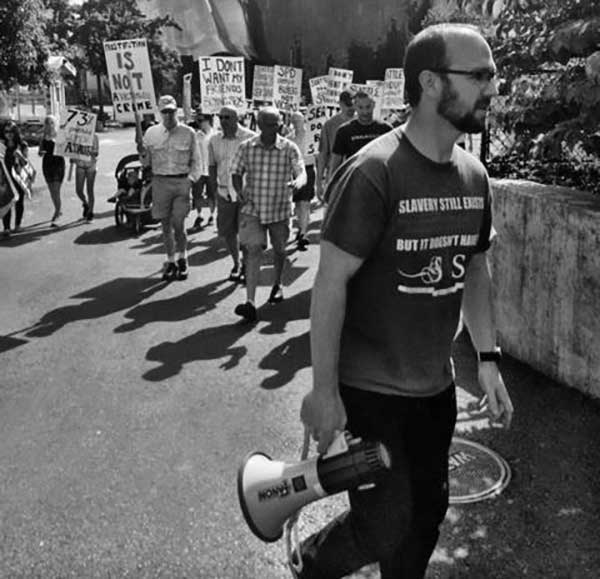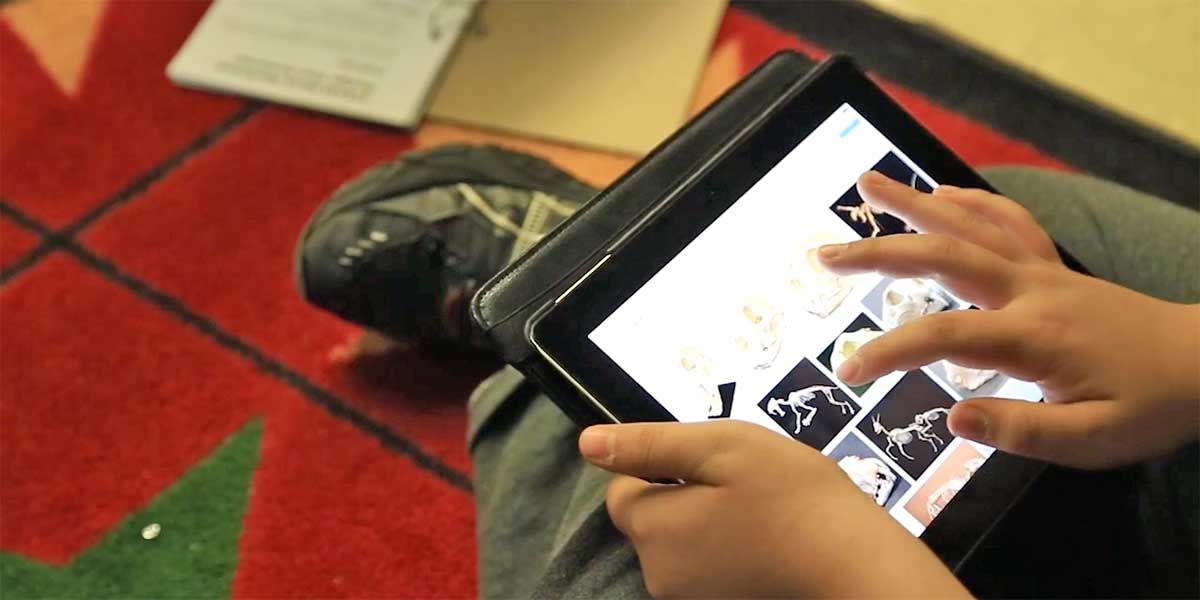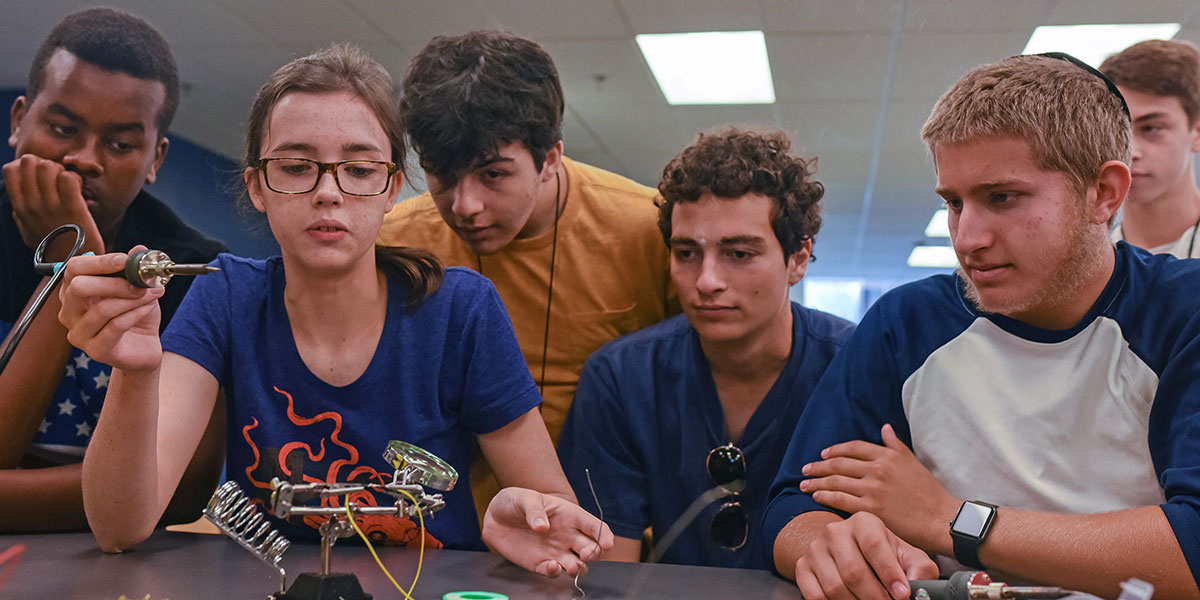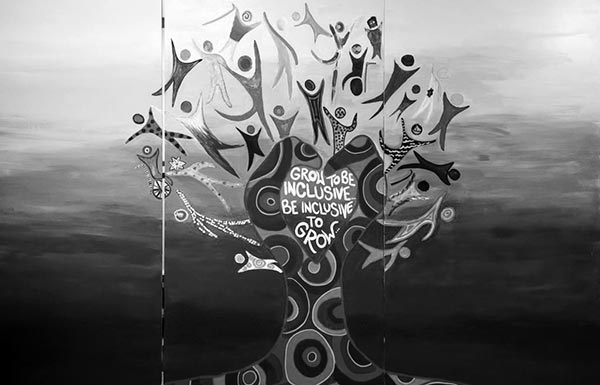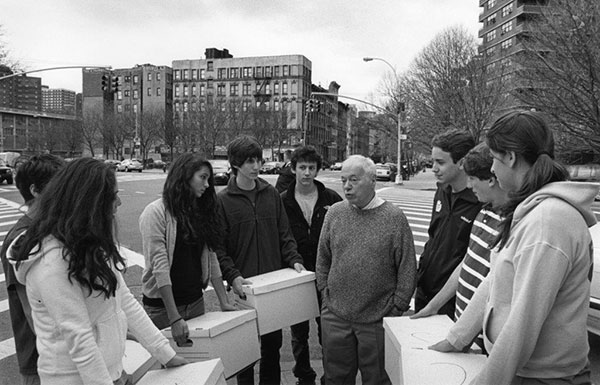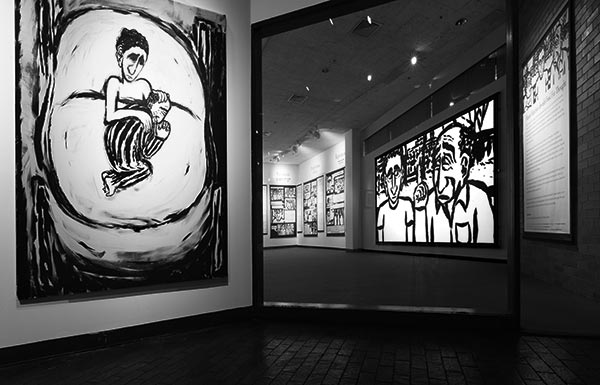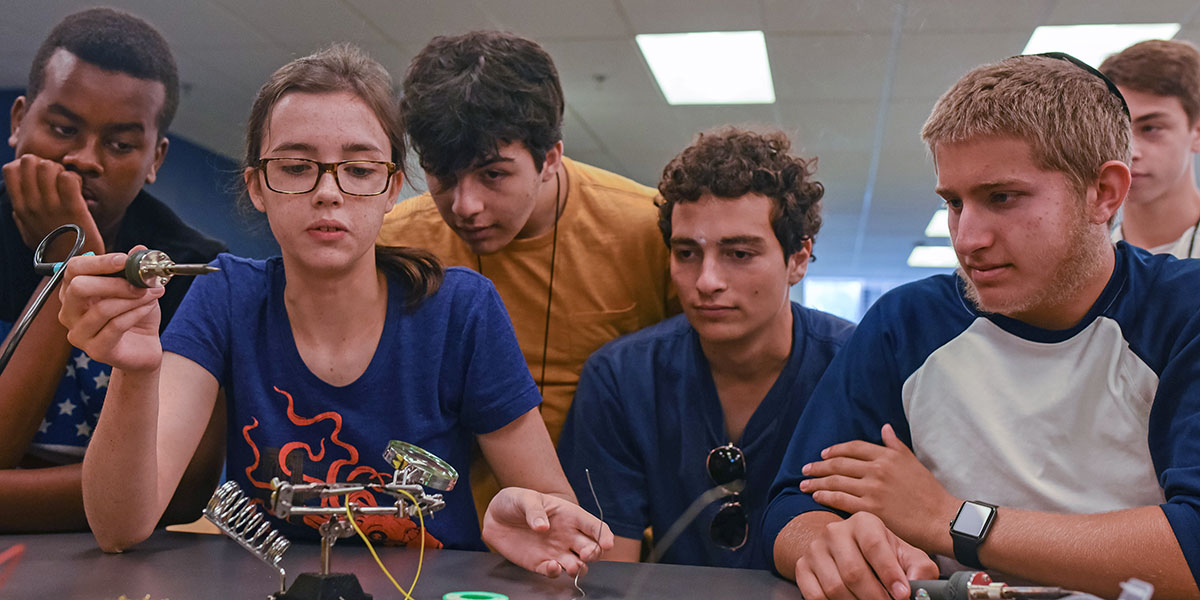
ARTICLE How 3D Printers Are Transforming Education: A Brief Guide to the Future of Jewish Teen Engagement
Brandeis University's MakerLab is one of those fantastical spaces filled with cutting edge technology, charismatic hardware enthusiasts, and the odd feeling that the future is happening in front of your eyes. One of the benefits of working in Brandeis’s Office of High School Programs is that it enables me to play in the MakerLab. From the exhilarating feeling of donning a virtual reality headset to tinkering with 3D food printers, I have the pleasure of working and playing with Jewish educators and makers, dreaming up ways to transform maker education and digital fabrication tools into powerful Jewish experiences.
My time spent in the MakerLab exploring maker technologies and pedagogies has led me to the realization that 3D printers are the future of Jewish education. Let me be clear, I don’t mean the physical 3D printing machines, those little cubes that extrude hot plastic to form all sorts of plastic trinkets. Rather, I mean the people behind the machines, the printers themselves.
In preparation for this issue of Sight Line, I reached out the alumni of the programs I run, BIMA, Genesis and the Brandeis Design Lab, to hear directly from them about their experiences as teens. In addition to asking what music they’re listening to and what games they’re planning (always helpful information) I asked about the best and worst parts of their high school experience. Time and time again, stories and anecdotes of impactful teachers and mentors surfaced as the best experiences of high school. These students repeatedly described the ability to connect deeply with educators and role models to discuss both content areas (like 3D printing) and social-emotional issues as the highlight of their high school experiences.
It comes as no surprise that the future of teen engagement is people, not things. After all, people who convey knowledge, ideas, and passion, serve as the best examples for our youth. The pioneering work of Jewish organizations like BBYO and Moving Traditions have demonstrated the power educators have to impact the lives of teens through deep relationships. In the work of maker pedagogy, this comes down the aphorism, “It not about the tools, it’s about the people.” This is an idea explored by Rabbi Abraham Joshua Heschel when he wrote, “What we need more than anything else is not text-books but text-people. It is the personality of the teacher which is the text that the pupils read; the text that they will never forget.” So, too, is it this type of educator Rabban Gamliel was striving for when he articulated the difficult (maybe impossible) standard for his students as “tocho k’varu,” that their outsides should be like their insides (BT Berachot 27b). That is to say, that they should be totally authentic and sincere in all of their actions serving as ideal models for what it means to embody a Jewish life.
In this issue of Sight Line, I hope you will find examples of educators focused on building relationships with teens and inspiration for how we all might do this work more effectively. The future of Jewish teen engagement can in fact be found in 3D printers, and in text-people, and in service, and outdoor education, and in anything that brings teens into contact with authentic learning experiences and passionate, caring, knowledgeable educators.
Rabbi Charlie Schwartz, Senior Jewish Educator, Director, BIMA & Genesis, Brandeis High School Programs
More to Consider
- Hearing God's Voice: Searching for Truth and Irony in the Universe (ELI Talks)
- Developing Jewish Identity, Along with Artistic Passion, All in a Summer at BIMA (Covenant Foundation, April 2015)
- Thousand-strong Crowd Sees Three Overseas Winners Crowned at Annual “My Family Story” Contest at Museum of the Jewish People (eJewish Philanthropy, November 2014)

